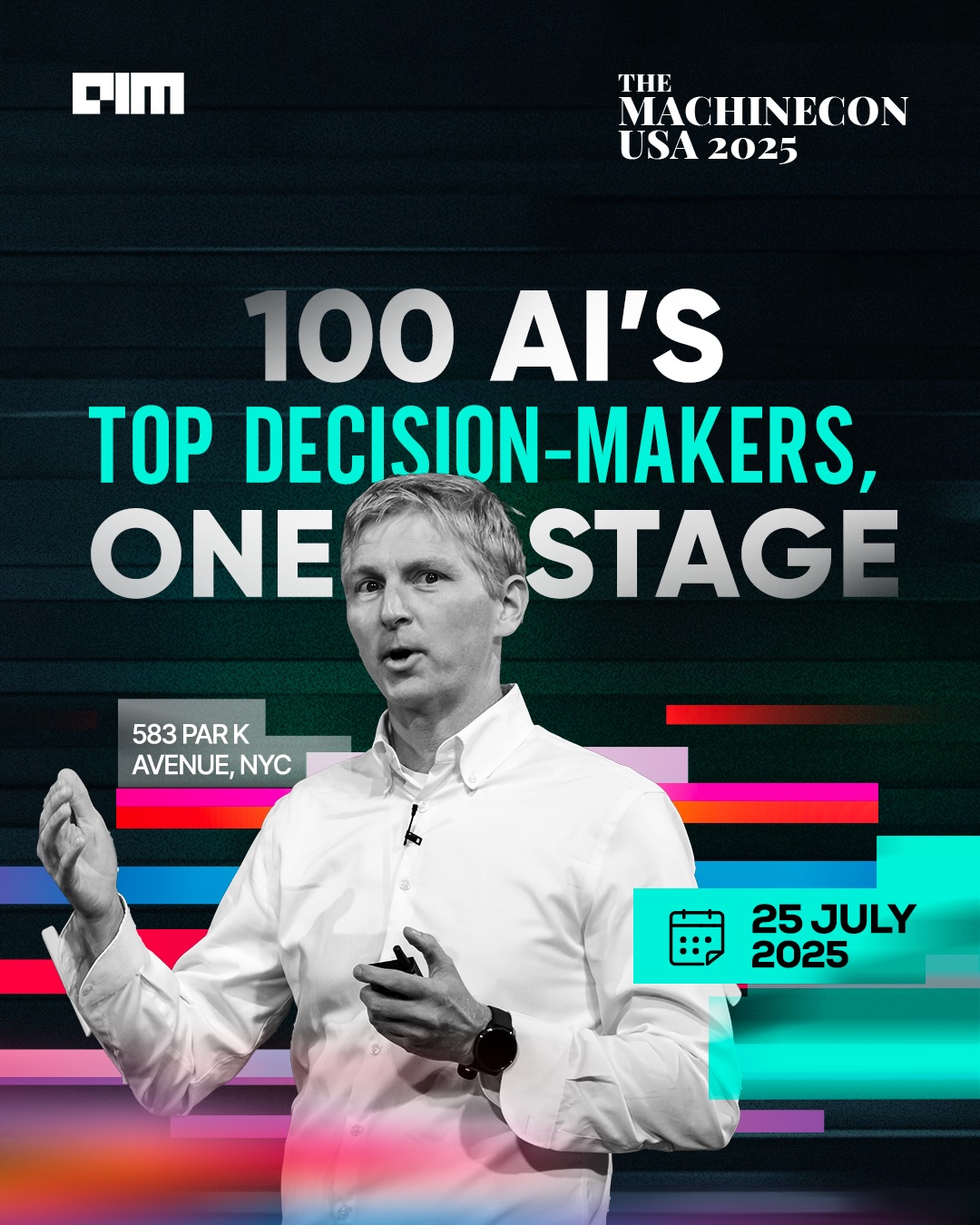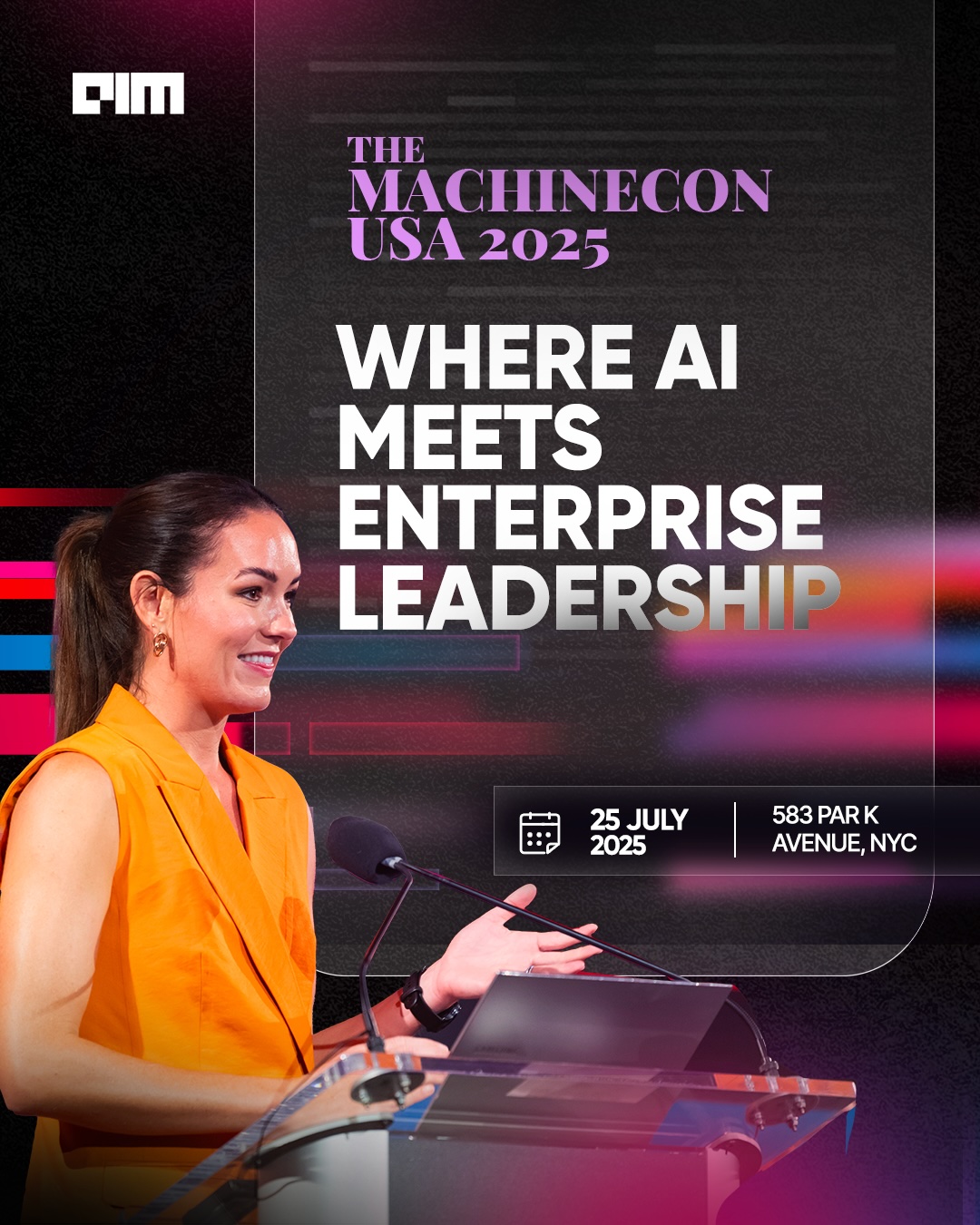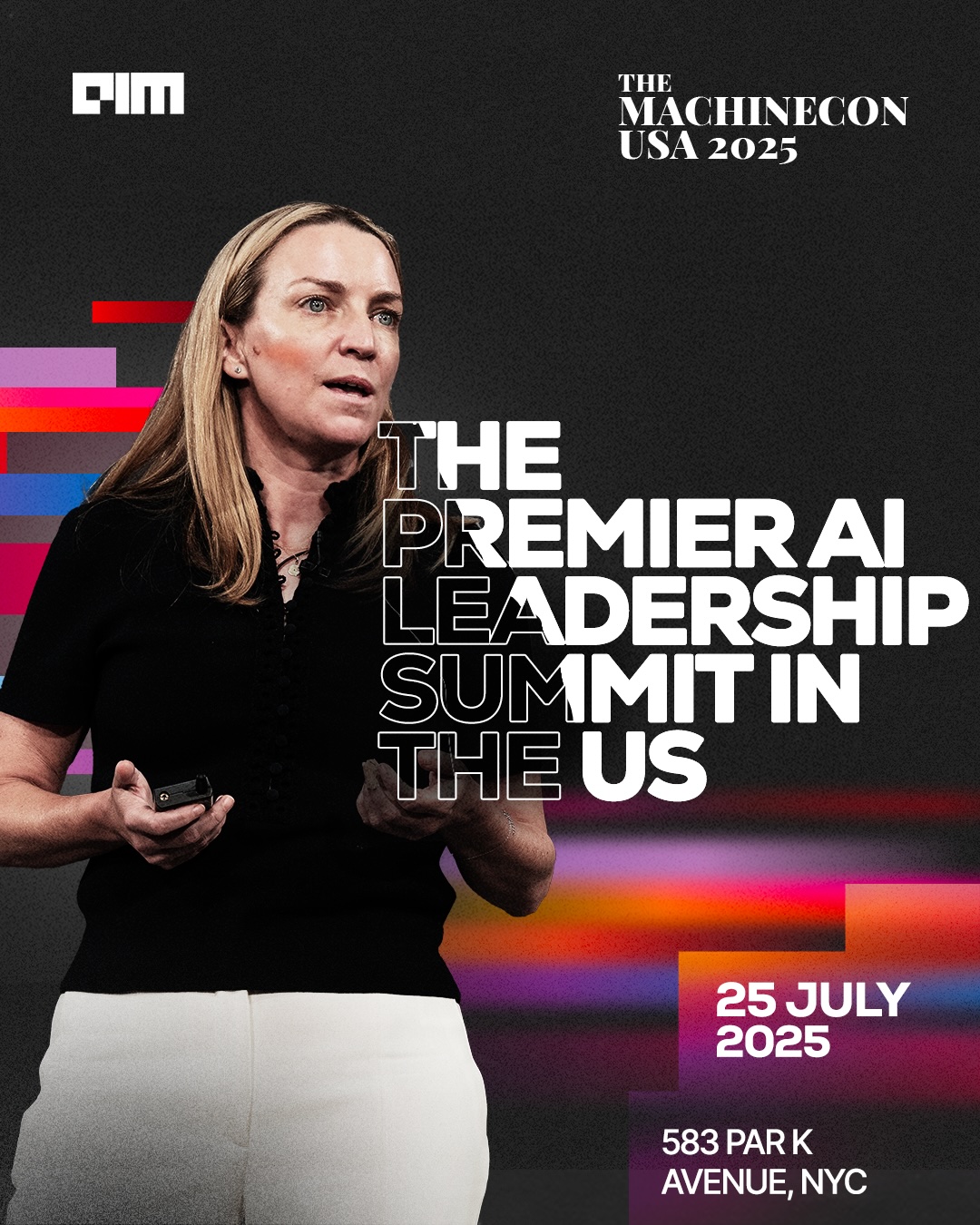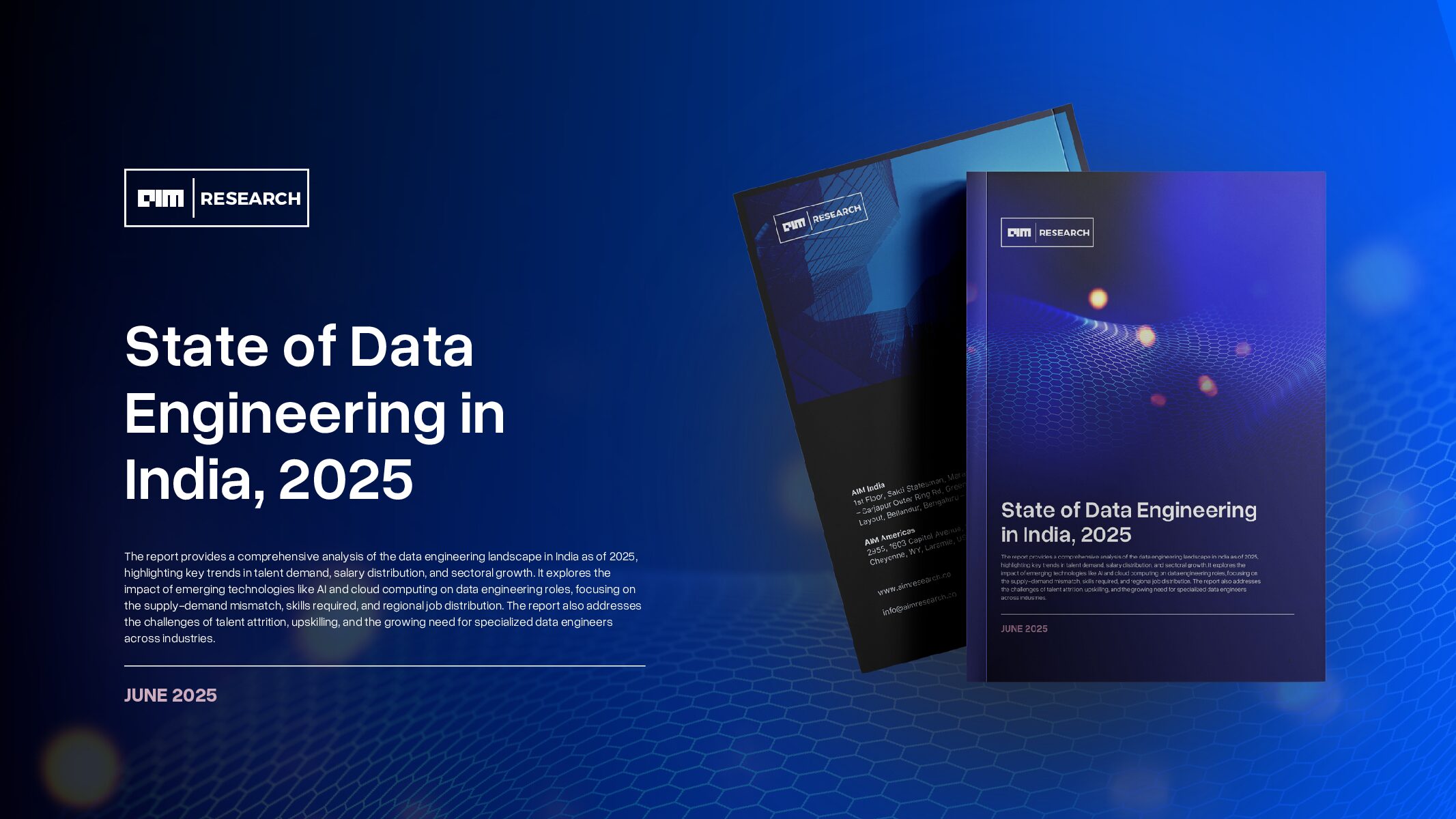While Silicon Valley buzzes with headlines about dramatic hiring sprees and massive layoffs, a stealthy trend is reshaping the AI industry in profound ways. Despite a 20% spike in tech layoffs and a 15% surge in AI job postings in the first half of 2024, a new strategy is quietly gaining momentum: reverse acquihires.
Instead of the flashy, high-profile acquisitions we’re used to, giants like Amazon, Microsoft, and Atlassian are now absorbing top talent and cutting-edge technology from smaller startups without the fuss of full acquisitions. This trend is not just about filling positions; it’s about acquiring entire teams and cutting-edge innovations, effectively rewriting the rules of AI expansion.
What Are Reverse Acquihires?
Unlike traditional acquihires, which focus on acquiring a company mainly for its talent, reverse acquihires take a more understated approach. In this process, a large company hires a substantial part of a smaller company’s team and licenses its technology, quietly integrating the startup’s strengths without the complications of a full acquisition. This allows companies to strengthen their AI capabilities while avoiding the regulatory challenges that often accompany larger deals.
The Players and Their Strategic Moves
Amazon’s Tactical Maneuvers
Amazon has been particularly aggressive with this approach. Recently, the tech giant struck two significant reverse acquihire deals:
- Covariant: Amazon has once again made headlines by executing a strategic “reverse acquihire” with Covariant, a leading robotics AI startup. In this move, Amazon brought on board Covariant’s founders—Pieter Abbeel, Peter Chen, and Rocky Duan—along with around 25% of the company’s workforce. This acquisition highlights Amazon’s ongoing commitment to bolstering its AI and robotics capabilities, cleverly bypassing the regulatory hurdles typically associated with full-scale acquisitions.
As part of the deal, Amazon also secured a non-exclusive license to Covariant’s innovative robotic foundation models, designed to function like a “large language model, but for robot language.” This technology is set to significantly advance Amazon’s warehouse automation, particularly in complex tasks such as bin picking. Joseph Quinlivan, Vice President of Amazon Fulfillment Technologies & Robotics, emphasized that incorporating Covariant’s AI technology into Amazon’s existing robotics fleet will not only enhance performance but also create tangible value for customers.
Covariant CEO Peter Chen expressed his enthusiasm about the partnership, stating, “We’re thrilled to join Amazon and continue pushing the boundaries of AI and robotics.” Meanwhile, Covariant will continue to operate independently under new leadership, maintaining its dedication to delivering cutting-edge AI solutions across various industries.
- Adept AI: Earlier, Amazon brought on board approximately 66% of Adept AI’s workforce, a clear signal of its intent to dominate the AI sector. In June 2024, the tech giant strategically brought in Adept AI’s co-founders, including CEO David Luan, along with roughly 66% of the company’s workforce. This acquisition echoes Amazon’s earlier success with Covariant and mirrors Microsoft’s talent grab from Inflection AI, showcasing a growing trend in the tech industry.
Beyond talent, Amazon also secured a non-exclusive license to Adept’s cutting-edge AI technology, specifically its robotic foundation models. This technology is set to play a critical role in advancing Amazon’s warehouse automation and other AI-driven initiatives. Joseph Quinlivan, Vice President of Amazon Fulfillment Technologies & Robotics, emphasized that incorporating Adept’s AI innovations into Amazon’s existing robotics fleet will not only enhance operational performance but also create significant value for customers.
Microsoft’s Calculated Approach
Microsoft’s strategic decision to onboard key figures from Inflection AI, including co-founder Mustafa Suleyman, in June 2023, represents a pivotal moment in the tech giant’s approach to expanding its AI capabilities. This move, often referred to as the “Nadella variation” after Microsoft CEO Satya Nadella, exemplifies a growing trend in the industry—acquiring top talent without the complications of a full company acquisition. By doing so, Microsoft can bolster its AI expertise while sidestepping the regulatory scrutiny that typically accompanies large-scale mergers.
The recruitment of Suleyman, along with other leading AI experts from Inflection, led to the establishment of a new entity within Microsoft, aptly named Microsoft AI. Suleyman now serves as Executive Vice President and CEO of this division, reporting directly to Nadella. Additionally, former Inflection chief scientist Karén Simonyan has taken on the role of chief scientist for the group. This elite team is charged with driving innovation across Microsoft’s AI portfolio, including products like Copilot, Bing, and Edge. By integrating cutting-edge science, engineering, and design, they aim to deliver next-generation, consumer-focused AI solutions.
Atlassian’s Traditional and Reverse Strategies
While Amazon and Microsoft have embraced reverse acquihires, Atlassian has shown there’s still room for traditional acquisitions in this landscape. Atlassian’s recent $975 million acquisition of Rewatch, a move following its purchase of Loom, highlights the diversity of strategies being employed. By integrating Rewatch’s technology into Loom and its Rovo AI platform, Atlassian is building an AI meeting assistant capable of joining virtual meetings, generating tailored notes, extracting action items, and providing searchable transcripts—an aggressive push to enhance meeting productivity and collaboration.
Why Reverse Acquihires?
The motivations behind this strategic shift are manifold:
- Regulatory Navigation: Reverse acquihires offer a way for companies to acquire talent and technology while potentially avoiding the regulatory scrutiny that comes with full-blown acquisitions. In an era of heightened antitrust vigilance, this can be a game-changer.
- Talent Acquisition: By hiring entire teams, companies can quickly onboard skilled professionals who have already demonstrated their ability to work together effectively, accelerating the integration process.
- Cost-Effectiveness: For startups, these deals provide a lifeline, offering financial stability without the constant pressure of fundraising.
- Team Dynamics: Acquiring fully functioning teams can be more valuable than bringing on individuals piecemeal, preserving the collaborative synergies that make these teams successful.
The Impact on Innovation and Competition
However, this trend has raised concerns about its broader impact on the industry. Critics argue that reverse acquihires might stifle innovation by preventing startups from growing independently. There are also worries that these deals could be a way for major players to circumvent antitrust regulations, consolidating more power within a few dominant companies.
John F. Coyle, a legal expert, notes that Amazon’s talent acquisitions are strategic moves designed to sidestep antitrust issues, setting them apart from traditional acquihires. U.S. Senator Ron Wyden has even called for antitrust authorities to investigate these transactions, emphasizing the need to address industry consolidation proactively. Wyden highlights the dominance of major players like Microsoft, Amazon, and Google in shaping the AI landscape, thanks to their vast resources and market influence.
For smaller AI startups, the landscape is increasingly challenging. The development of AI systems requires significant investments in costly hardware, data infrastructure, and top-tier talent. David Luan, CEO of Adept, acknowledged these difficulties, stating, “Continuing with Adept’s initial plan of building both useful general intelligence and an enterprise agent product would’ve required spending significant attention on fundraising for our foundation models, rather than bringing to life our agent vision.”
The Future
As reverse acquihires become more common, their long-term effects on innovation, competition, and regulation are still up in the air. What’s clear is that this trend is shifting how AI talent and technology are distributed among the big players. With giants like Amazon and Google embracing these tactics, we’re left to wonder: Is this a smart strategy for driving innovation, or does it merely reinforce the dominance of the biggest tech companies?
This new approach raises important questions about whether it will lead to a more vibrant and competitive industry or if it will simply consolidate power among a few major players. As we watch this trend unfold, the true impact on the future of AI—and on the balance between innovation and fairness—remains to be seen.























